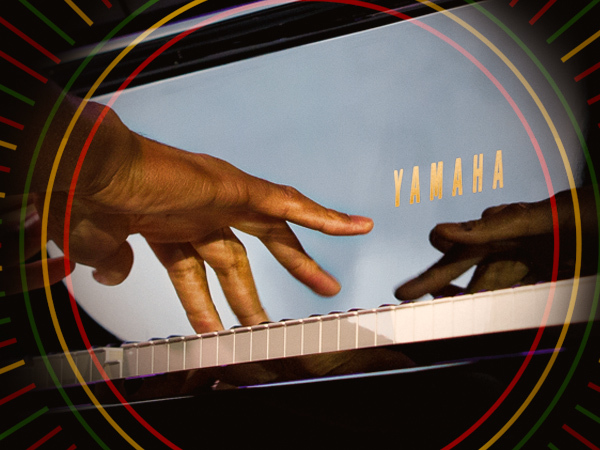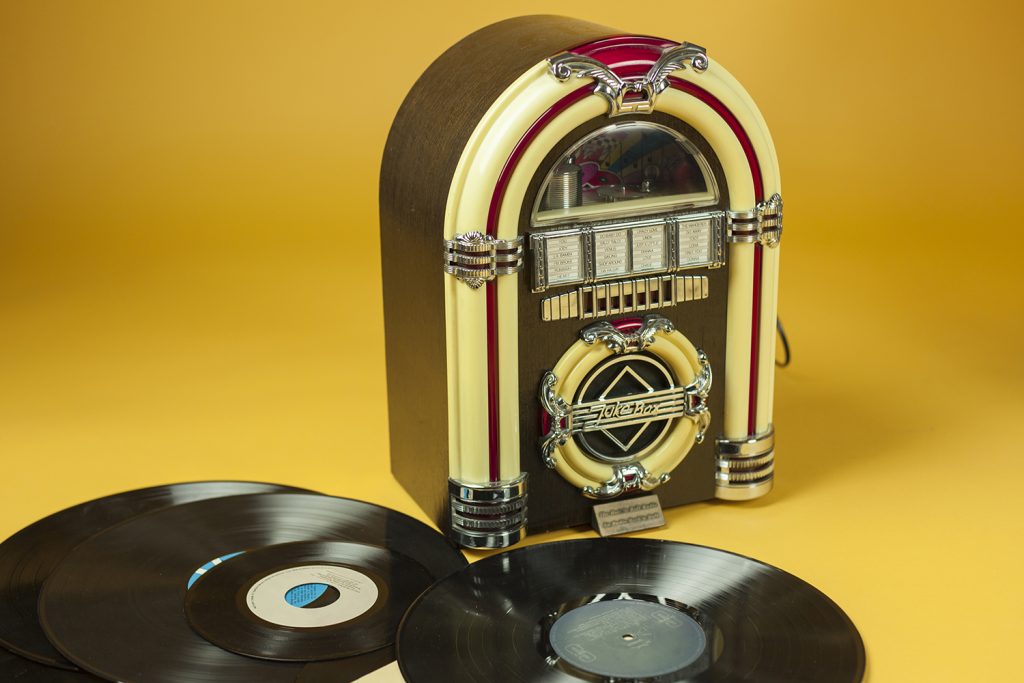The History of Musical Genres, Part 3: Country Music
Folk music from the heartland.
Country music enjoys a long tradition of deft storytellers who capture the listener with well-spun narratives. Inspired by Appalachian folk and blues, the genre began to take shape in the early 1920s. As the art form matured, it would come to encompass other regional styles such as Western swing, honky tonk and rockabilly. In its early stages, instrumentation was limited to acoustic guitars, bass, banjo, fiddle and harmonica. Drums were initially omitted, but by the mid-1930s they were usually included in both recordings and live performances; by the 1950s, electric guitars became a mainstay as well.
Each genre has a core group of musicians who shape and define the best of its creative sensibilities. Let’s take a look at some of the most influential practitioners of country music.
Hank Williams
In his short 29 years, Hank Williams (1923-1953) played a seminal role in the development of the genre. In 2010, the Pulitzer Prize board honored Williams with a special citation, citing him for his “craftsmanship as a songwriter who expressed universal feelings with poignant simplicity and played a pivotal role in transforming country music into a major musical and cultural force in American life.”
Williams’ last recording session was at at Castle Studios in Nashville on Sept. 23, 1952, where he laid down the tracks for four timeless country music standards, including the classic “Your Cheatin’ Heart.” Songwriter Merle Kilgore, who was present at the historic session, recalled that “Hank would say, ‘Everybody likes to feel sorry for themselves … You write ’em, sing ’em, and they say that’s the story of their lives.’”
Johnny Cash
Johnny Cash was a striking figure, both in appearance — always in black — and in performance, wielding his bass-baritone voice to deliver the subtleties of his lyrics. A story in the New York Times following his passing in 2003 noted that Cash “forged a lean, hard-bitten country-folk music that at its most powerful seemed to erase the lines between singing, storytelling and grueling life experience.” Some of his most popular tunes include “I Walk the Line,” “Ring of Fire,” and “Folsom Prison Blues,” which was originally recorded in 1956 but gained popularity after the release of a live recording of Cash performing the song at San Quentin Prison in 1968.
Merle Haggard
Interestingly, another future standard-bearer of the genre, Merle Haggard, was present in the audience that night … as an inmate. The encounter inspired him to pursue his own musical path. When Haggard was inducted into the Country Music Hall of Fame in 1994, the organization said that he stood, “with the arguable exception of Hank Williams, as the single most influential singer-songwriter in country music history.” While country was Haggard’s main form of expression, he was also influenced by honky-tonk, blues, jazz, pop, and folk. His most popular tunes include “Workin’ Man Blues,” “I’m a Lonesome Fugitive” and “Natural High.” Drawing on the hardships of his own life, much of Haggard’s work focused on poverty and the difficulty of relationships.
Dolly Parton
Though, like most musical genres, country music has been traditionally dominated by male artists and songwriters, there have been a number of notable exceptions, Dolly Parton among them. The hugely successful and prolific singer/songwriter began her career in the late 1960s in Knoxville, Tennessee. In the ensuing decades, Parton’s creative output would have a profound effect on both country and pop music. Her song “I Will Always Love You,” as one example, was famously sung by Whitney Houston in 1992 for the soundtrack to the movie The Bodyguard. Parton’s classic hit “Jolene,” recorded in 1973, offers a dramatic faceoff between a spouse confronting a woman over a relationship with her husband. The song has been covered by more than 30 artists over the years, and in several languages around the world.
Garth Brooks
There are also moments when pivotal artists (such as Miles Davis in jazz or Jimi Hendrix in rock) expand the possibilities of their genre. In the 1990s, Garth Brooks pioneered a style called New Country that infused both the sound and performance values of country music with rock sensibilities. “[Brooks’] recordings featured more aggressive vocal performances, increased emphasis on drums and bass, plenty of rock-derived electric guitar solos, and more overt influences from gospel and R&B,” writes Jocelyn R. Neal in the Norton online essay “Garth Brooks, New Country, and Rock’s Influence.” This occurred at the same time that music videos started to become more sophisticated with globally oriented storylines and more choreography. This shift continued into the 2000s, drawing numerous rock musicians of the era to make country recordings. “In some instances,” notes Neal, “[they] even shifted their main musical identities to country.”
Country music has evolved to serve as a kind of musical unifier. Despite being nearly a hundred years old, it’s managed to remain dynamic and relevant, expanding its following by drawing fans of rockers and rappers to the fold while still retaining its traditional audience — a feat that few musical genres can claim!
Check out the other articles in our “History of Musical Genres” series.















